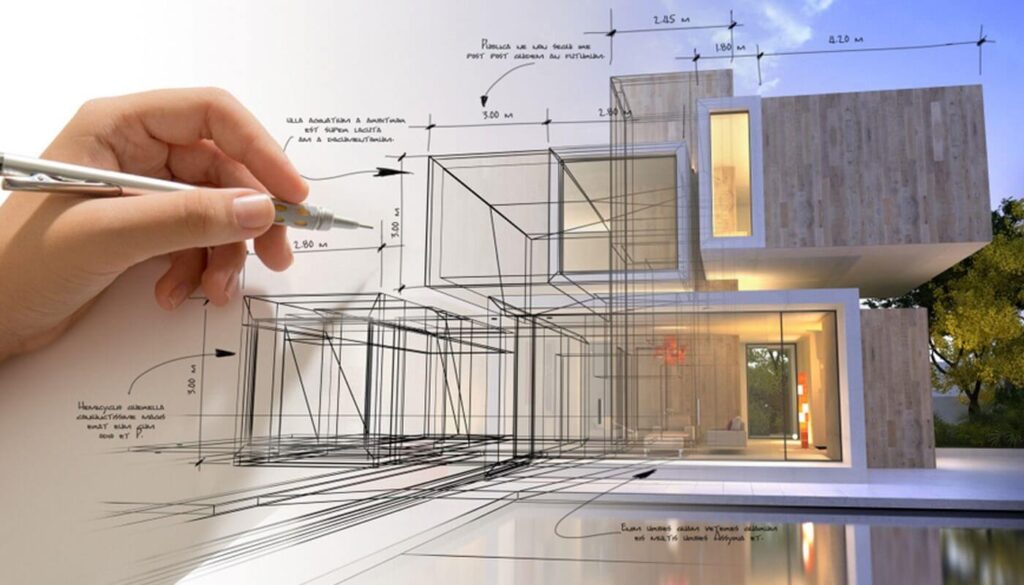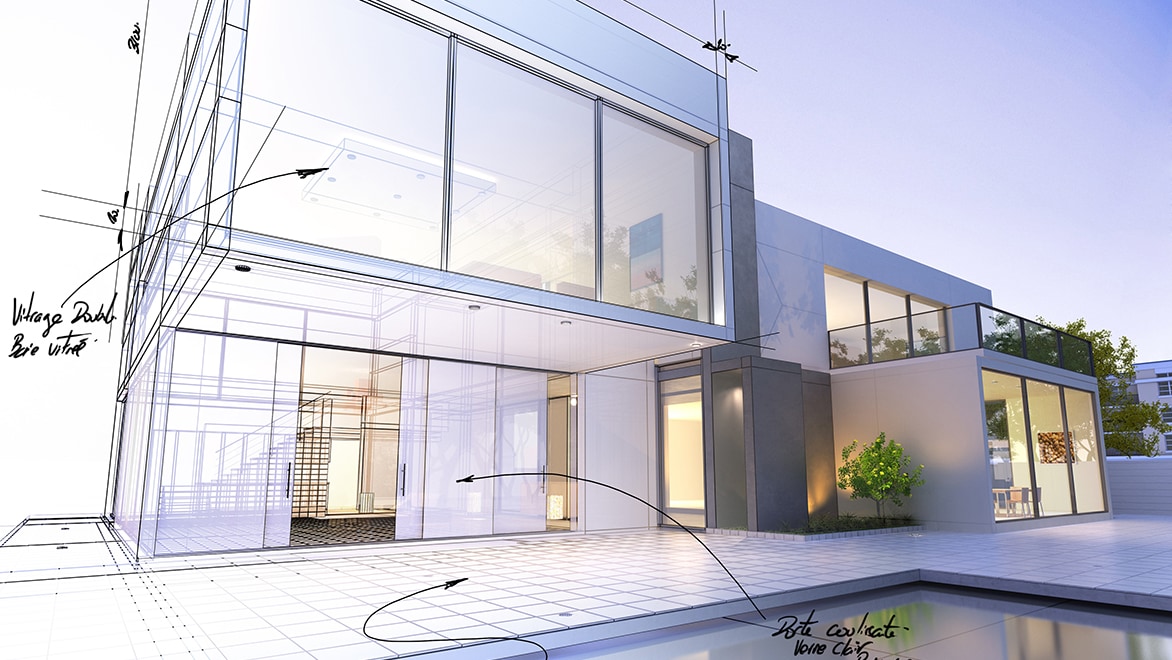Recognizing the Collaborative Refine Between Designers and Engineers in Modern Construction Projects
The collaborative procedure between designers and designers is essential in contemporary construction projects, as it balances style intent with design feasibility. This partnership not only affects the visual and functional aspects of a job however additionally plays an essential function in attending to sustainability obstacles. By using effective communication techniques and leveraging sophisticated modern technologies, such as Structure Details Modeling (BIM), groups can function more cohesively. However, the complexities of this partnership commonly existing one-of-a-kind obstacles that can prevent progress. Discovering these characteristics exposes understandings that might substantially influence task end results and total market requirements. cda architects.
The Relevance of Cooperation
The collective synergy between engineers and designers is vital for the successful understanding of any type of construction task. This collaboration brings together distinctive expertise and viewpoints, making it possible for the combination of innovative layout with useful engineering remedies. By collaborating, designers and engineers can make certain that a job not only fulfills aesthetic and useful demands but additionally abides by safety, sustainability, and financial restrictions.
Collaboration promotes a common vision, helping with the placement of goals and assumptions from the outset. This positioning is crucial in attending to possible challenges and mitigating dangers that can develop throughout the task lifecycle. A collaborative strategy enables for the reliable allocation of resources, enhancing both time and price.
The importance of collaboration reaches the repetitive procedure of layout and construction, where comments from engineers can notify building choices, bring about more possible and sustainable styles. On the other hand, engineers can motivate designers to assume creatively about how to achieve structural integrity without jeopardizing creative intent. Eventually, the collective connection between designers and engineers is not simply valuable; it is basic to the production of top quality, practical, and ingenious developed atmospheres that satisfy the requirements of society.
Communication Techniques and Tools
Effective interaction strategies and devices are crucial for cultivating cooperation in between designers and engineers throughout the job lifecycle. Establishing clear channels of interaction is important to ensure that all team participants are straightened with job goals, timelines, and obligations. Regular meetings, both in-person and digital, give possibilities for stakeholders to review progression, address worries, and make notified decisions.

In addition, adopting collective interaction tools, such as Slack or Microsoft Teams, enables for instantaneous messaging, file sharing, and continuous conversations, promoting a much more dexterous reaction to arising issues. File administration systems additionally play an important duty in arranging project paperwork, making sure that all staff member have access to the most up to date information.
Shared Goals and Job Vision
A combined project vision acts as the foundation for effective cooperation in between engineers and engineers click over here (cda architects). This shared vision not only aligns the efforts of both celebrations however additionally develops a common framework for decision-making throughout the project's lifecycle. By verbalizing clear objectives, stakeholders can properly browse the intricacies of modern-day construction projects, guaranteeing that both aesthetic and practical demands are satisfied
Establishing shared goals involves open dialogue and a complete understanding of each technique's payments. Engineers typically focus on design intent, spatial relationships, and user experience, while designers stress architectural stability, systems performance, and conformity with policies. When these point of views are aligned, the result is a cohesive task that follows both imaginative ambitions and technological usefulness.
In addition, a distinct job vision promotes responsibility amongst staff member, encouraging each participant to take possession of their duty in attaining the desired outcome. Routine check-ins and joint workshops can even more strengthen this commitment, enabling for changes to be made as the job advances. Inevitably, a shared vision not just improves teamwork yet likewise elevates the high quality of the final deliverable, bring about effective project conclusion.
The Role of Modern Technology
Leveraging innovation has actually come to be vital in boosting collaboration between engineers and engineers. Building Info Modeling (BIM) stands out as a crucial technology, their website enabling both engineers and designers to develop comprehensive 3D versions that encapsulate design intent and structural stability.
Moreover, cloud-based platforms allow smooth partnership, enabling job stakeholders to accessibility and update job data from anywhere. This fosters a society of openness and liability, as modifications can be tracked and evaluated in real-time. Furthermore, mobile applications further enhance interaction, supplying on-site teams with immediate accessibility to task specs and updates.
Emerging technologies such as expert system and equipment discovering are additionally starting to play a function in anticipating evaluation, assisting teams identify possible concerns before they arise. Inevitably, the duty of innovation in architecture-engineering collaboration not just boosts process efficiencies yet likewise enhances technology, causing more successful task end results. By accepting these technical innovations, designers and engineers can make sure a more natural and effective collective procedure throughout the building lifecycle.
Case Researches in Effective Collaborations
Many study show the extensive impact of reliable partnerships between engineers and engineers on job end results. One noteworthy instance is the collaboration on the High Line in New York City City, where landscape architects, engineers, and city planners interacted to change an abandoned rail line right into a vibrant public park. This multidisciplinary approach not only improved the visual top quality but likewise made certain architectural Discover More Here safety and environmental sustainability.

The Burj Khalifa in Dubai further demonstrates the significance of joint initiatives - cda architects. The combination of architecture and engineering competence allowed the task team to accomplish extraordinary elevations while adhering to security policies and aesthetic vision
These instances emphasize the significance of interaction, count on, and shared goals. In today's complex construction environment, such partnerships are important to navigating obstacles and providing jobs that meet both useful and visionary objectives.
Conclusion
In final thought, the partnership in between engineers and designers is necessary for the success of modern-day building tasks. Efficient interaction methods, a common project vision, and the assimilation of innovative innovations are essential parts that facilitate this collaboration. By fostering a society of responsibility and leveraging devices such as Structure Info Modeling (BIM), groups can browse project intricacies, making certain that visual, functional, and sustainability goals are achieved. Inevitably, this harmony causes innovative and effective job outcomes.